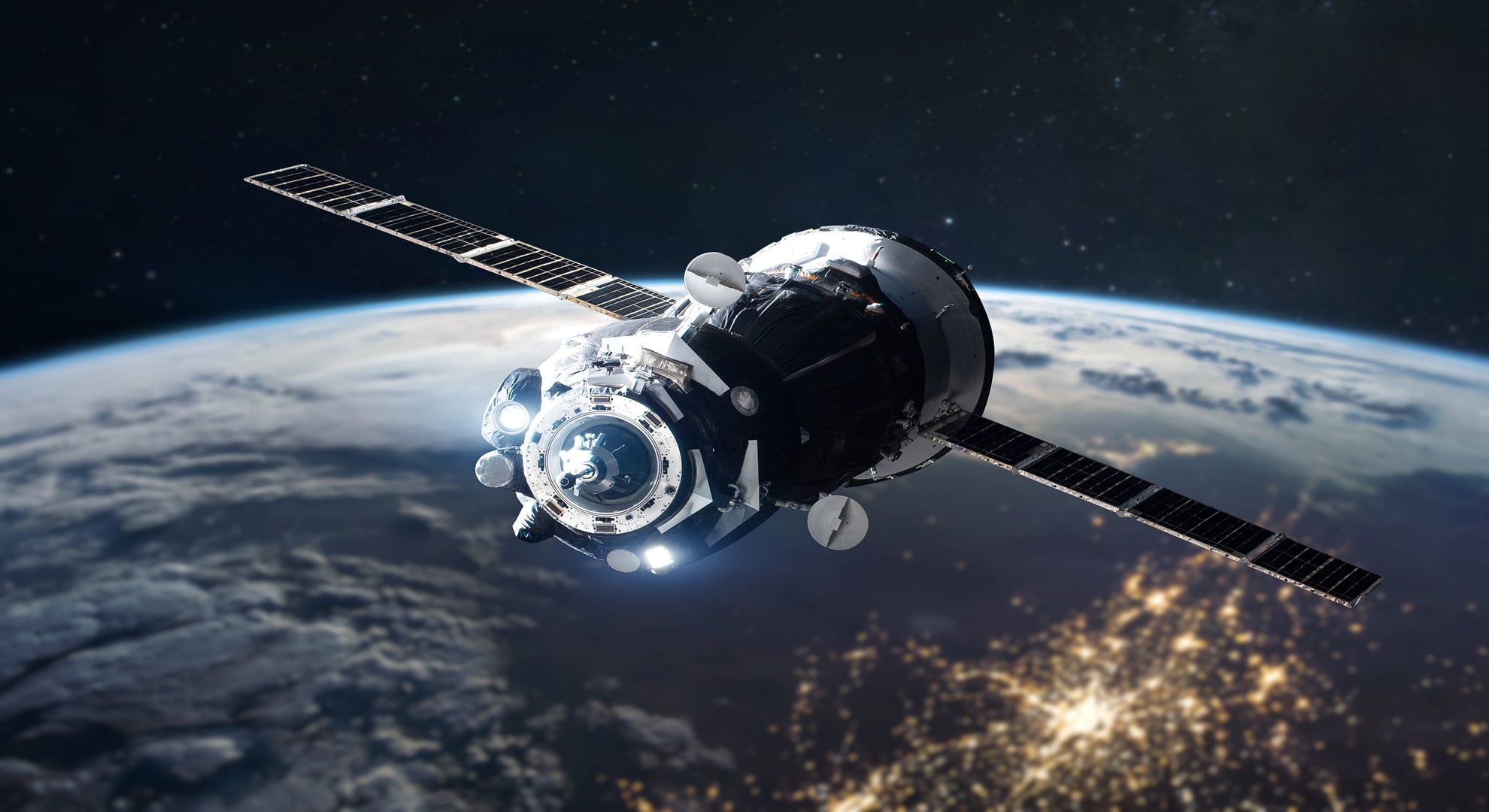
30 Sep The benefits of satellite connectivity for the Internet of Things
Achieving full connectivity is one of the essential ‘springboards’ to a fully digitalised society with genuine guarantees, as we’ve already explored. And Internet via satellite could be – and already is – an essential element to achieving that goal. The launch of successive satellite ‘constellations’, as well as various leaps forward from one satellite ‘generation’ to the next, shows it will soon be impossible to think of data connectivity without putting satellites in the mix as another digital driving force, alongside fibre optic and 5G connectivity.
But it’s also true that successive evolutions in satellite development, alongside the strategies adopted by the companies putting them into orbit, demonstrate how connectivity via satellite aspires to take a leading role in another technological development that will massively transform all our short-term futures: the Internet of Things (IoT).
What is the Internet of Things and where could it be implemented?
The Internet of Things, or IoT, simply does what it says on the tin: it’s a succession of devices and elements – not necessarily just computers, tablets, phones and smart watches – that connect with one another and constantly communicate online through cloud computing and directly with users.
We’re talking here about clothes that can adjust their behaviour or ventilation based on environmental conditions or the temperature of the person wearing them. Clothes that can monitor your heart rate and glucose levels. Scales that are connected to your fridge, which can then draft a shopping list and place an online order with the supermarket independently. It’s about cars that can drive themselves, communicating with the roads and signals to choose the best routes and speeds. Buildings that can connect to local utility providers and autonomously control temperature, humidity, electricity and gas, developing automated emergency protocols, where necessary.
The IoT is destined to be part of just about every aspect of our lives, changing them significantly, from driving, buying goods and services and everyday work to industry, managing crops and livestock on farms via health, energy management, planning and running cities, as well as constructing new buildings and homes…
Current and future outlooks for satellite connectivity
Appreciating this transformative potential and knowing how important it will be for future economic development, satellite developers and companies working in satellite connectivity are stepping up their pace considerably, both in terms of their technological development and their investments and strategic movements. In one of their latest reports, ABI Research predicted that, by 2024, 24 million IoT connections will be made via satellite, pointing to a significant long-term investment opportunity, which appears to be robust and rising. Why the IoT and satellite can – and should – be allies.
- Coverage, given satellite easily overcomes any obstacles found on land and the challenges introduced by geographic and orographic variations.
- Reliability, given coverage and connectivity can be guaranteed, above 99.9% of the alternatives.
- The longevity of the technology, with satellite ‘constellation’ life cycles standing at twenty years or more.
- Immediate connectivity solutions, with investment and logistical development levels much lower and easier than extending fibre optic or 5G masts.
- Isolation, given it’s a ‘closed’, private system, which boosts security.
Satellite connectivity and the IoT are likely to both bring about massive changes. Those mentioned above, and likely lots more. The way things currently stand, it’s almost certain they’ll change the way air navigation and maritime traffic operate in the short term, while representing significant revitalisation in sectors like agriculture, livestock farming and asset tracking.

